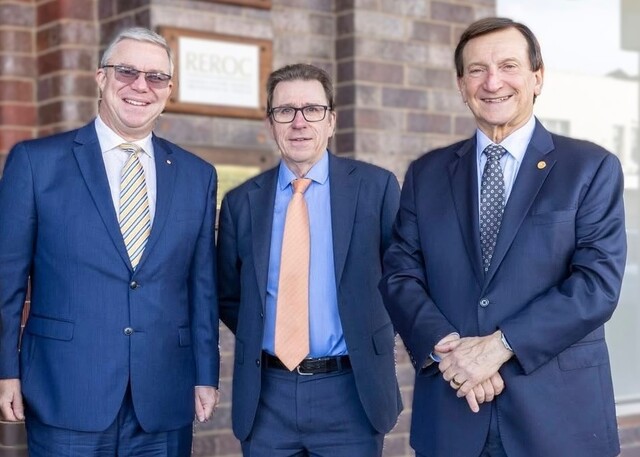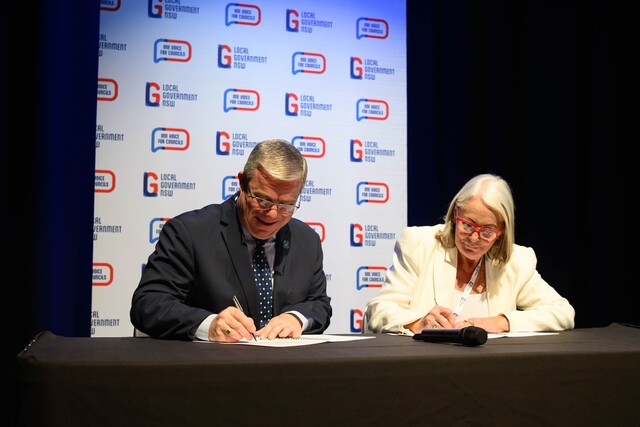Rural finance
The Tasman Council is one of the smallest of Tasmania’s 29 councils.
It faces constant challenges posed by financial and budget constraints, a small ratepayer and local business base and obtaining financial assistance in the form of grants and State and Federal funding.
Tasman has approximately 3500 rateable properties with 197 kilometres of road to maintain and attracts more than 270,000 visitors per year.
Although visitors are vital for our local businesses and our economy, the limited rate income makes is difficult to provide the services such numbers of visitors require.
Currently our ability to grow has been impeded by restrictions around planning and future growth imposed by State Government Departments.
The disastrous bushfires of January 2013 and the continued recovery requirements has added to the challenges, with the municipality now rated as a high-risk bushfire area.
This, coupled with socio-economic issues, impacts on the ability of people to fund development in the municipality.
As well, there is always the looming risk of council amalgamations, with Tasman, like other small councils subject to the whims of State politics.
Career in Local Government.
Prior to standing for election I worked for the Tasman Council for 22 years in administration, finance and management.
I resigned my position in 2003, due to my serious concerns at the direction the Council was taking.
As a born and bred local resident of a region with a permanent population of around 2400 people, I maintain strong community links and even after leaving Council’s employ, residents continued to seek my assistance and advice on issues.
Prior to the 2005 Council elections, I received strong community representations to stand for office.
Initially I refused, as I believed that due to Council’s mismanagement and dysfunction, the Tasman Municipality was facing amalgamation.
At the eleventh hour I was visited by two people with nomination forms and was virtually forced to sign up.
I easily topped the poll and so began my life as a Councillor.
Unfortunately, this heralded perhaps two of the most frustrating years of my life.
I watched in horror as the Tasman Council drifted even further backwards, with excessive rate rises and funds being spent on increased administrative staff, with barely a cent left for much needed infrastructure.
I regularly attempted to work with and warn my fellow Councillors of the consequences, all to no avail.
I came to the conclusion that there was little I could do to redress the situation as a Councillor.
Although I had no interest in seeking higher office, strong community support and representations and the realisation that I had to ‘put my money where my mouth was’, I was encouraged to stand for Mayor at the 2007 elections.
The rest is history.
I received more than 75 percent of first preferences, which incidentally, was the highest percentage vote for Mayor for that year in any municipality in Tasmania becoming the Tasman Municipality’s first female Mayor.
Women in Local Government
Females are still under represented because the fact is, it is tough in local government.
In most cases, women still have to run the household, take care of children and many also hold down a job.
So serving on a Council on top of this is a big ask and that often discourages women from seeking public office.
We need to make it easier, and more equal, for women to participate in business as well as public life.
Although, I may be accused of taking a partisan view, I think it is easier for men, usually with a supportive partner, to do this.
Yes, I do have an extremely supportive husband, but even the system has an entrenched bias.
For example, a male Mayor’s partner is the Lady Mayoress, yet there is no designation for the husband or partner of a female Mayor.








